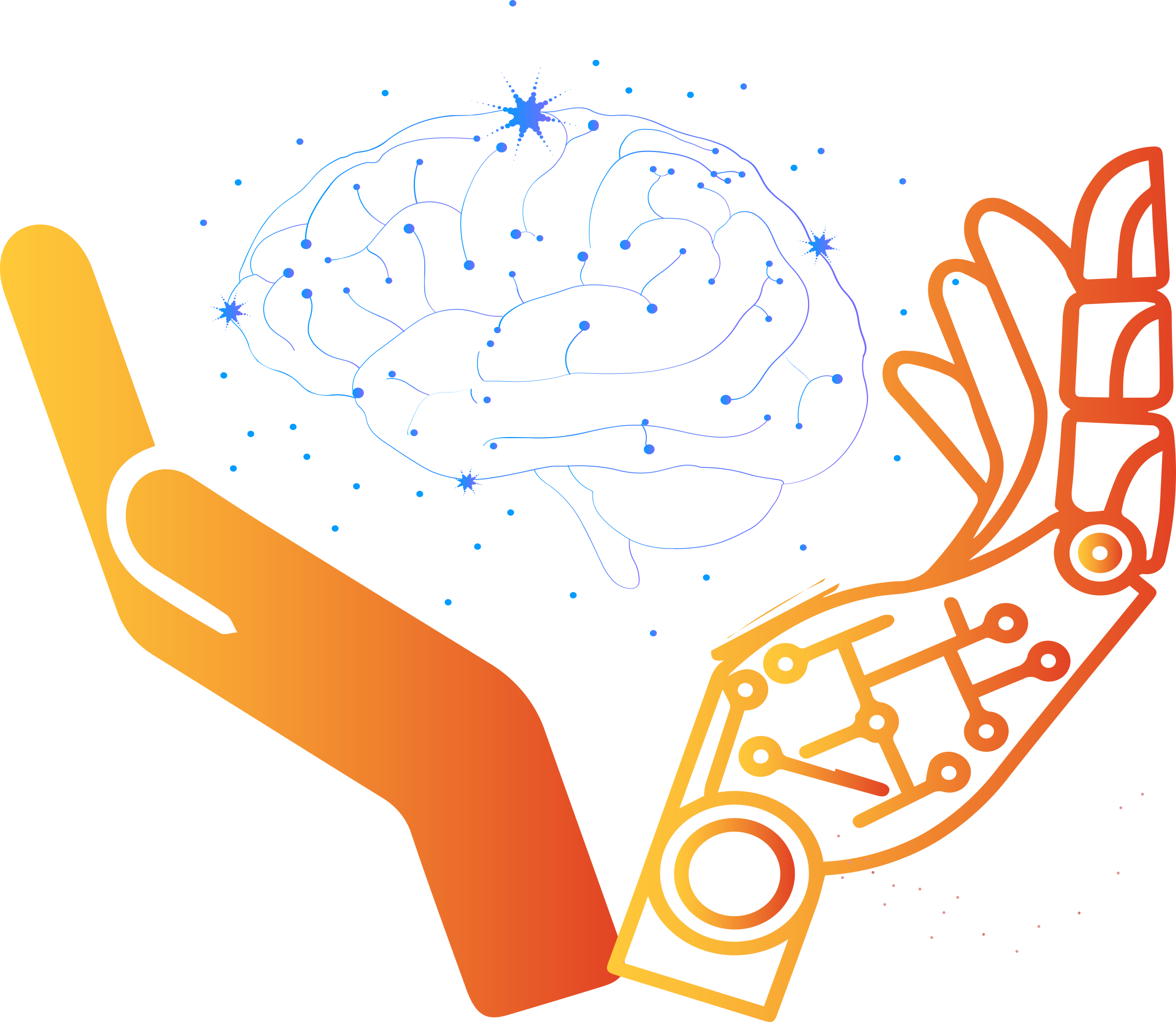Classification of Robots
As we know robots are machines that are programmed to perform a variety of tasks. Basically, robots come in different shapes and sizes, and can be classified based on their various characteristics. In this blog, we will describe different ways that robots can be classified.
1. Based on their application
Robots can be classified based on the tasks they are designed to perform. Some common applications of robots include manufacturing, assembly, inspection, exploration, medical procedures, military operations, and entertainment. Robots used for manufacturing and assembly are usually designed to perform repetitive tasks with high precision, while robots used in exploration and military operations are often equipped with sensors and cameras to gather data and provide real-time feedback.
2. Based on their mobility
Robots can also be classified based on their mobility. Some robots are designed to move on wheels, while others can walk, crawl, swim, or fly. Mobile robots can be used for a variety of tasks, such as exploring new environments, inspecting pipelines, and transporting goods.
3. Based on their control system
Robots can be classified based on the type of control system they use. Some robots are manually operated by a human operator, while others are autonomous and can operate independently. Autonomous robots are usually equipped with sensors and cameras to gather information about their environment, and use algorithms to make decisions and execute tasks.
4. Based on their size
Robots can also be classified based on their size. Some robots are small enough to fit in the palm of your hand, while others are as large as buildings. The size of a robot often depends on its application and the tasks it is designed to perform.
5. Based on their intelligence
Finally, robots can be classified based on their intelligence. Some robots are designed to perform simple tasks, while others are equipped with artificial intelligence and can learn from their experiences. Intelligent robots can adapt to changing environments, recognize objects and faces, and communicate with humans.
Examples
Now we we will discuss some examples of various kind of robots
Industrial Robots
Industrial robots are used in manufacturing and assembly lines to perform tasks such as welding, painting, and material handling. These robots are designed to be accurate, fast, and reliable. Examples of industrial robots include:
- SCARA Robots: These robots are used in assembly lines and pick-and-place operations. They are known for their fast and precise movements.
- Cartesian Robots: These robots are used in packaging and material handling operations. They move in a straight line and are known for their accuracy.
- Articulated Robots: These robots have multiple joints and are used in welding and painting operations. They are flexible and can move in a variety of ways.
Service Robots
Service robots are designed to interact with humans and provide various services. They can be used in healthcare, hospitality, and entertainment industries. Examples of service robots include:
- Telepresence Robots: These robots are used in healthcare to allow doctors to interact with patients remotely. They have a screen and camera that allows doctors to see and talk to patients from a remote location.
- Cleaning Robots: These robots are used in the hospitality industry to clean rooms and public spaces. They are equipped with sensors that help them navigate and avoid obstacles.
- Entertainment Robots: These robots are used in theme parks and other entertainment venues. They are designed to interact with humans and provide a unique experience.
Mobile Robots
Mobile robots are designed to move around and navigate in their environment. They can be used in various applications, such as search and rescue, surveillance, and exploration. Examples of mobile robots include:
- Drones: These robots are used in surveillance and inspection operations. They can fly over a large area and provide real-time video footage.
- Autonomous Vehicles: These robots are used in transportation and delivery operations. They can navigate on roads and avoid obstacles.
- Exploration Robots: These robots are used in space exploration and deep-sea exploration. They are equipped with sensors and cameras that allow them to gather data and explore new environments.
Humanoid Robots
Humanoid robots are designed to resemble human beings and mimic human movements. They can be used in various applications, such as healthcare, education, and entertainment. Examples of humanoid robots include:
- Pepper: This robot is used in customer service and education. It can interact with humans and answer questions.
- ASIMO: This robot is used in research and development. It can walk, run, and climb stairs.
- T-HR3: This robot is used in healthcare and elderly care. It can mimic human movements and provide assistance to people in need.
Collaborative Robots
Collaborative robots, also known as cobots, are designed to work alongside humans and assist them in various tasks. They are designed to be safe and easy to use. Examples of collaborative robots include:
- Sawyer: This robot is used in manufacturing and assembly operations. It can work alongside humans and perform various tasks.
- UR10: This robot is used in logistics and packaging operations. It can work alongside humans and perform tasks such as picking and placing objects.
- LBR iiwa: This robot is used in manufacturing and assembly operations. It can work alongside humans and perform tasks such as welding and painting.
Conclusion: Robots can be classified based on a variety of characteristics, including their application, mobility, control system, size, and intelligence. Understanding these classifications can help us better understand the capabilities and limitations of robots, and can lead to the development of new and innovative robotics technologies.

